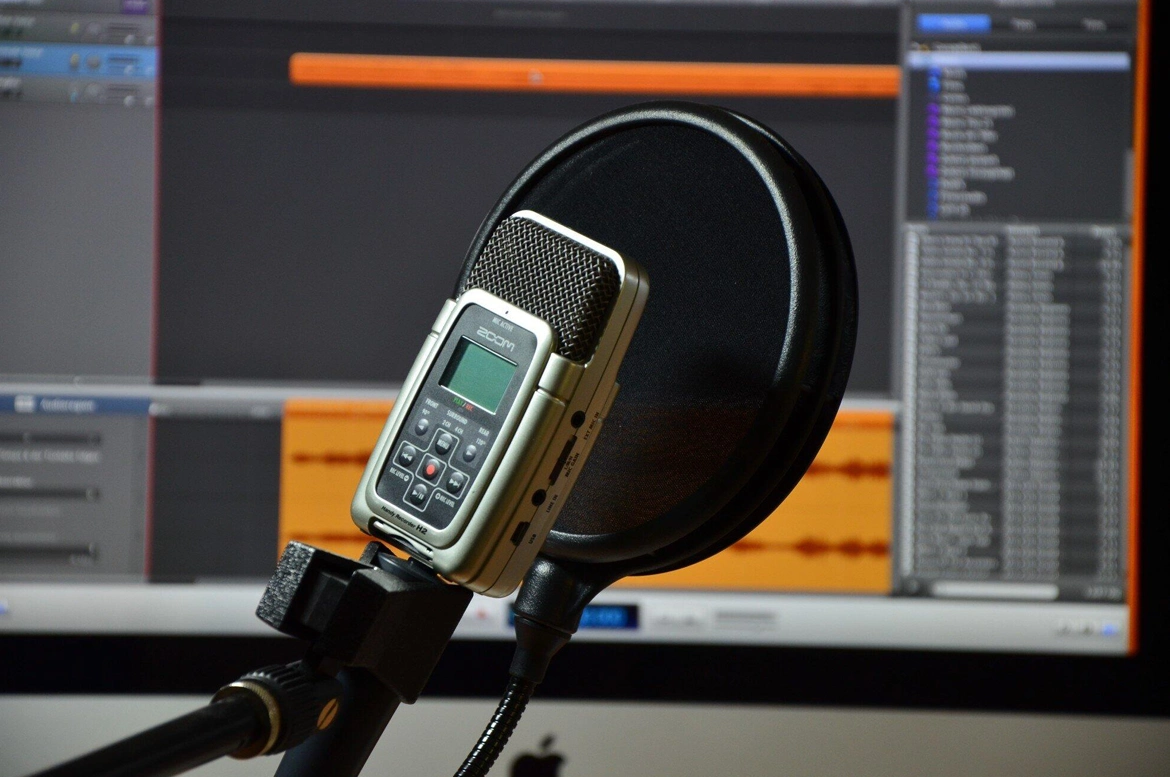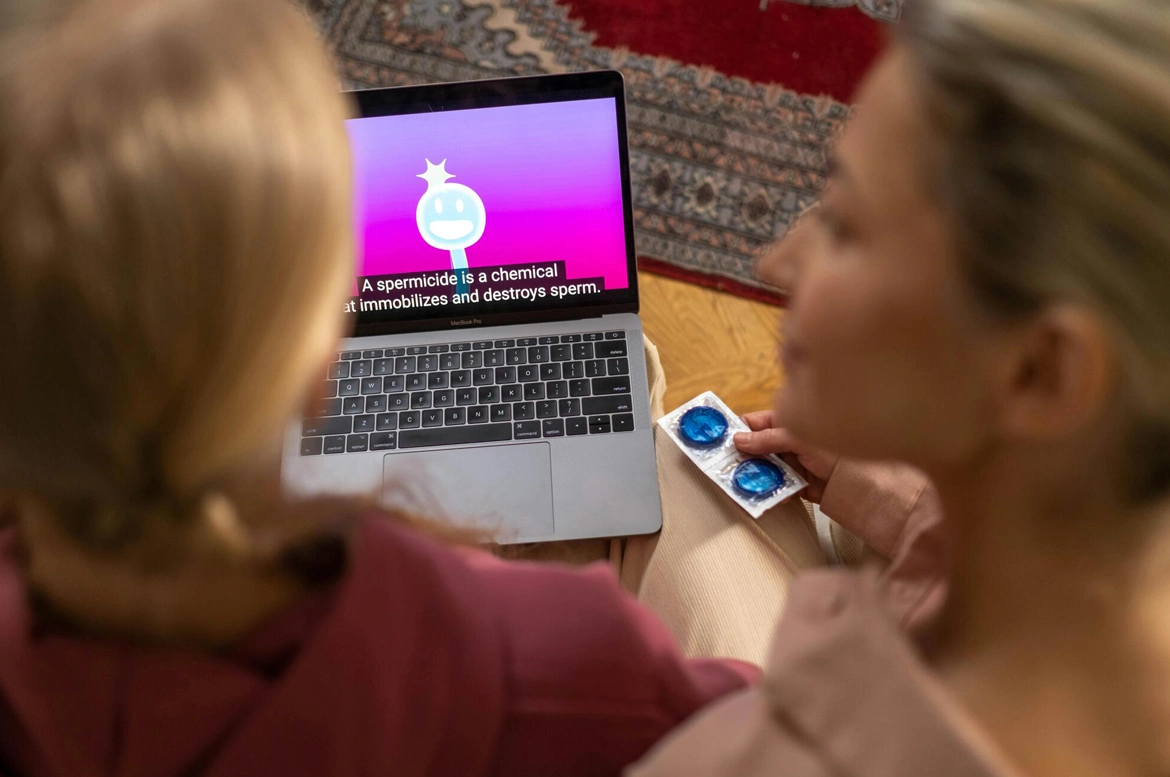By now, most video producers and content creators are familiar with SDH captions. In fact, what started as an accommodation for viewers who are deaf or hard of hearing has become a normalized industry staple.
What you may not realize is that there is another accommodation you can provide to make your content accessible to an even wider audience: audio description services. Audio description narrates everything from action to character expression. Who is this for and why is it beneficial?
Read on for seven reasons to invest in high-quality audio description services like the ones we provide here at Talking Type.
1. Versatile Audio Description Options
If you’re new to the world of described audio, you may not know that there are different kinds of tracks that serve different purposes. These include:
- Standard audio description (pre-recorded simple narration inserted between dialogue and other sounds)
- Extended audio description (pre-recorded in-depth narration with scene pauses to fit full descriptions)
- Real-time audio descriptions (used for live content)
Working with a professional audio description company will give you access to multiple types of audio description to better suit your needs.
Plus, our experienced narrators will ensure that descriptions never interfere with recorded dialogue, sound effects, and other audio that provides necessary context. The goal is to enhance context and low-quality audio descriptions may be more of a distraction than an aid.
2. Accessibility for the Visually Impaired
SDH services were designed to make video content accessible to the deaf and hard of hearing. Likewise, described audio services are designed to make video content accessible to those who are visually impaired or blind.
According to the CDC, an estimated seven million Americans have visual impairments. Of those seven million, one million fit the criteria for legal blindness. This can range from being unable to distinguish between light and dark to complete vision loss.
When you add described audio to your content, you make your content available to a whole new audience. This is a great way to make your art, training materials, or branding accessible to millions who otherwise could not enjoy it as thoroughly.
3. Added Context for Neurodivergent Viewers
In the past few years, closed captioning has made waves with viewers who don’t suffer from hearing loss. These captions can make it easier for people with autism and ADHD to absorb what’s going on in a video. Soon, many neurodivergent viewers will discover that audio description services can also help in this arena.
For example, some autistic viewers may struggle with the nuances of body language and facial expressions. Audio description services can provide that added context so that the tone and intention of your script is clear.
Audio description services can aid with perceptual blindness. Often a symptom of ADHD, perceptual blindness can make it difficult for viewers to stay focused and notice important details.
4. Flexible Media Consumption
We live in an age where digital media is king. Thanks to smart technology and social media, adults have adjusted to a constant stream of content that they can absorb all day long.
Unsurprisingly, this has created some crossover habits. For example, we’re seeing a growing trend of media consumers listening to TV shows and movies as though they were audio books. In other words, they’re looking for “eyes-free” options that they can enjoy while driving, cooking, and doing other activities that require their visual attention.
Described audio makes this type of video consumption much easier. When you provide flexible options, you maximize viewership in ways never thought possible in the past.
5. Easier Language Development
Programming for young children tends to serve a purpose beyond entertainment. The average pre-k child is learning new words every day simply by absorbing the language they encounter, including the language they hear on TV.
Audio description services can add a new dimension to language development. These narrations bridge the gap between words and actions.
Likewise, this is useful for adults who are learning a new language. It’s not uncommon for language learners to watch TV shows to get a better grasp on conversational language. Audio description services can increase fluency by going beyond basic dialogue.
6. Optional Auditory Learning
Audio description services are for more than movies and TV shows alone. You can also use them to improve your training or instructional videos.
In fact, this extra layer may make the learning process easier for more of your viewers. Many people have an easier time absorbing information that they hear (or hear and see). By describing the steps and actions in your content, you help more viewers retain the lesson.
Because it increases retention for auditory learners, you can expect to see more audio descriptions in educational content, too. If you make content for schools or learning programs, it’s time to invest in described audio.
7. Legal Compliance
When you’re going through your production manual, you’re likely to discover that you need to meet post-production script requirements. These aren’t the only requirements to look out for. It’s important to make sure that your content is legally compliant.
Oftentimes, audio descriptions are required by federal law. For example, the FCC requires many networks to provide about seven hours a week of audio-descriptive programming. The ADA requires many streaming platforms (like Netflix and Hulu) to provide audio descriptions for some or all content.
Even if you aren’t required to provide an audio description now, you may want to get ahead of the curve. Basic accessibility features can protect you from fines and lawsuits.
Need Audio Description Services? Contact Talking Type for Quality
Audio descriptions bring video content to whole new audiences. First and foremost, they’re great for anyone with visual impairments. Like closed captions, they end up proving useful for other viewers, as well.
If you’re in the market for audio description services, the key is to shoot for quality. Poor described audio quality can end up making your content harder to comprehend, rather than making it more accessible.
Since 2003, Talking Type has worked with some of the biggest names in the video production industry. We use the latest methods and technology to ensure quality, compliance, and consistency. Talk to us if you’re looking for audio description services you can depend on.




